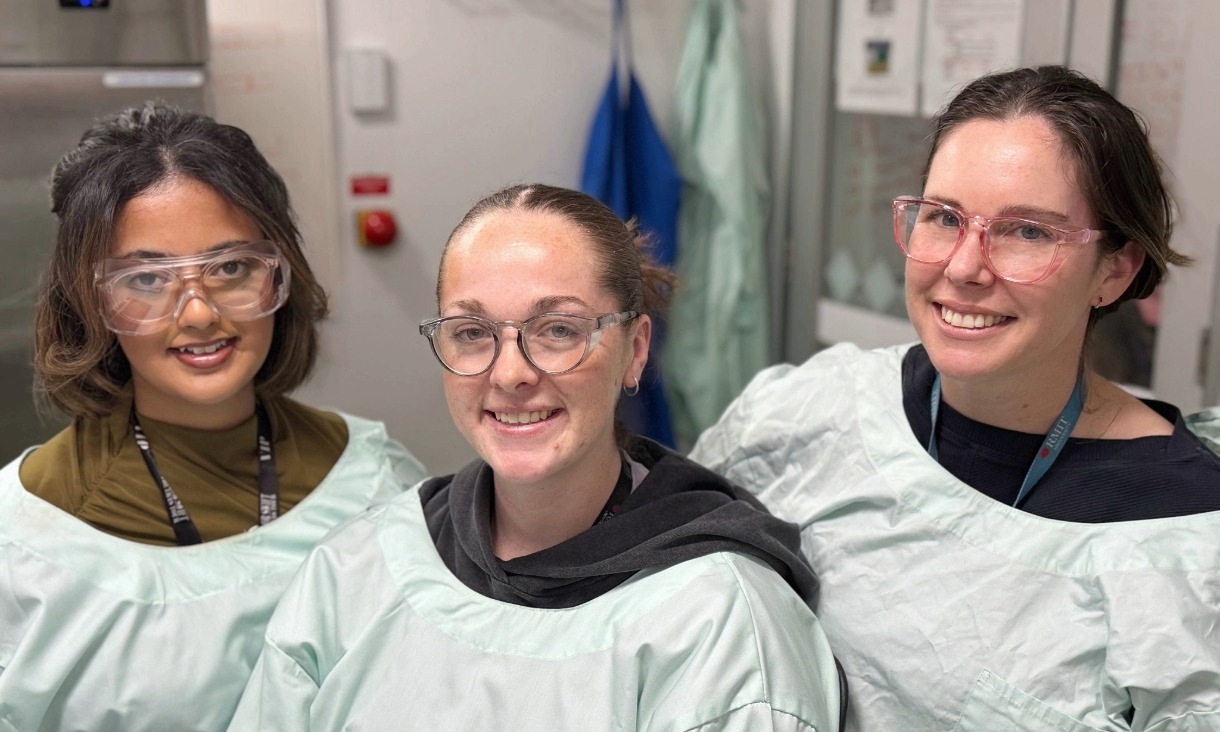Dr Brett Carter, Associate Professor, School of Science
“Since Saturday morning, both solar flares and coronal mass ejections – eruptions of solar material out into space – have been observed.
“At least two coronal mass ejections are approaching Earth. They are predicted to merge into one disturbance that is expected to arrive from late July 29 Universal Time (Tuesday morning AEST) onwards.
“The scale of the geomagnetic storm that these eruptions cause is expected to be largest the evening of Tuesday 30 July (AEST), giving Australians in southern parts of Victoria and Western Australia a chance at seeing some aurora – if conditions are right.
“The predicted arrival time of the solar storm is uncertain, with a variance of twelve hours either side, which is typical for solar eruptions like these.
“The size of the ensuing geomagnetic storm – and the associated likelihood of visible aurora – is highly uncertain as well. The topic is well under discussion within the Australian space science community.
“On the Kp scale that varies from 0 to 9, some forecasters are predicting Kp to reach 7, but this is quite uncertain. A higher Kp typically means a higher likelihood of seeing auroras.
“If this storm ends up being as strong as it is forecast, there could be a possibility of visible auroras as far north as parts of New South Wales and South Australia.
“The most significant issue in predicting the impact of such events on Earth is that we don’t know the magnetic field within the eruption. Disturbances with southward magnetic field have significantly larger impacts than those that are northward.
“Currently, we don’t have a reliable way to predict the magnetic field within solar eruptions. Ultimately, we need more data and better models to predict the space environment, and for this more research is needed.
“There’s no way to know for sure how this space weather event is going to play out. We will just have to watch the data come in and see whether the conditions are suitable for aurora viewing or not.
“To know whether it’s worth packing up the camera gear and heading for some dark, clear skies, keep an eye on the space weather data coming in and keep an eye on your social media feeds. People are very quick to share their amazing aurora photos online.”
Dr Brett Carter is an Associate Professor in the School of Science at RMIT University. His expertise is in space weather prediction and understanding space weather impacts on various technologies, such as GPS, power grids and satellite orbits.
***
General media enquiries: RMIT External Affairs and Media, 0439 704 077 or news@rmit.edu.au







